Hello gorgeous ladies! Today I’m going to discuss something that’s ubiquitous in our fashion universe – PU leather. You’re shopping for a handbag, shoes, or that ideal jacket when you’ve likely noticed “PU leather” on packaging. So what is PU Leather?
Since I adore fashion yet want to make intelligent purchasing decisions, I’ve researched everything you need to know about PU leather so that you can make informed choices for your closet.
Table of Contents
What is PU Leather?
PU leather refers to polyurethane leather. It’s a synthetic leather product from plastic compounds. The “PU” abbreviation is derived from polyurethane, an organic polymer that’s applied to a fabric foundation to produce that leather feel and appearance.
Imagine fake leather attempting to mimic the actual deal. And the truth? In some cases, it does an honest job.
PU leather is also referred to as synthetic leather, artificial leather, or man-made leather. You may find these names used interchangeably while shopping.

What is PU Leather Made Of?
The principal ingredient in PU leather is polyurethane – a form of plastic. Here’s the process:
The base is typically fabric such as cotton or polyester. Then companies treat this fabric with liquid polyurethane. This finish provides PU leather with its smooth, leather-like texture.
Some PU leather contains several layers. The lower one gives it strength, and the upper one provides that shiny look we see.
The entire process takes place in factories with the use of machines and chemicals. It’s totally artificial – no use of animals whatsoever.
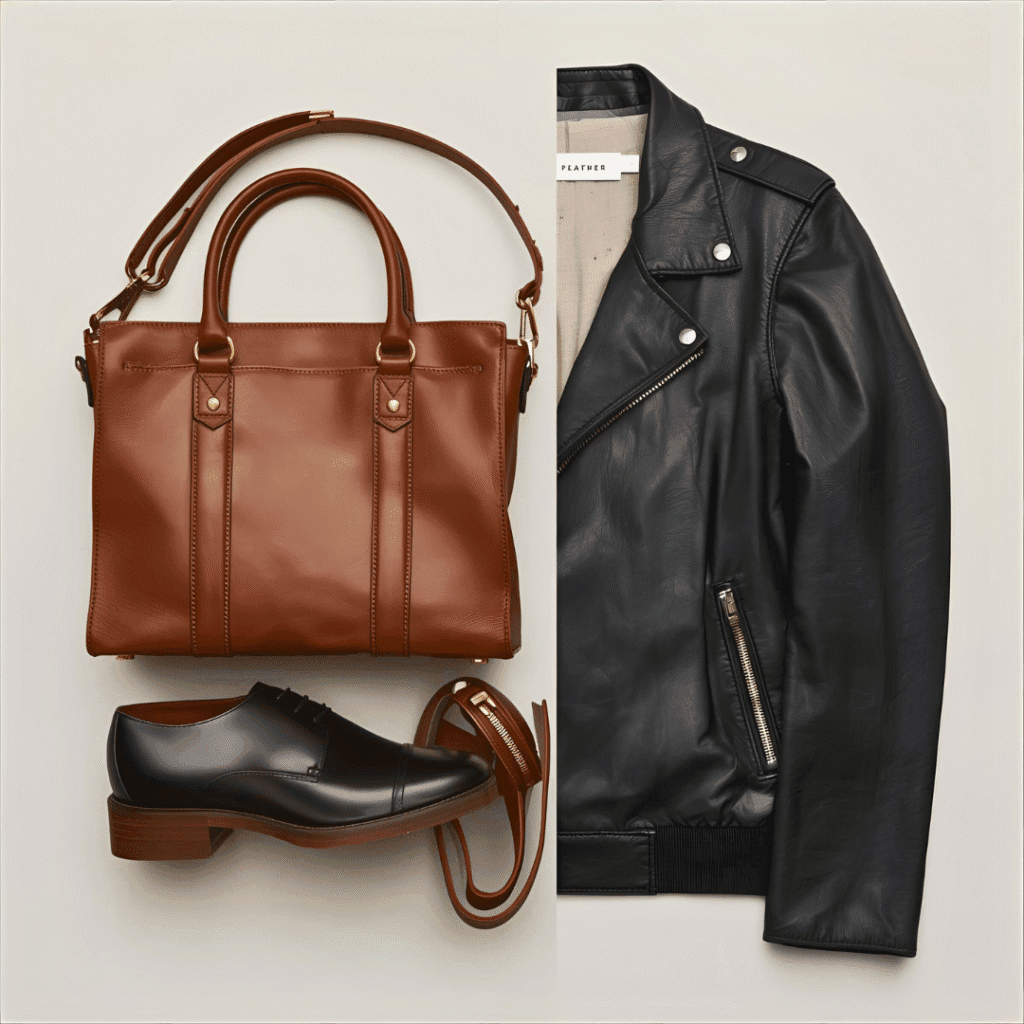
Is PU Leather Toxic?
This is a very common question I get asked. The reality is, yes, when it’s new, PU leather does emit some chemicals.
Some products made with PU leather may have a pungent plastic odor. This results from volatile organic compounds (VOCs) that may be emitted into the air.
Most PU leather products sold nowadays comply with safety standards. The odor tends to dissipate within a few days of airing out.
If you are chemical-sensitive or pregnant, you may consider taking additional precautions. Always air out new PU leather products before using them for a long period.
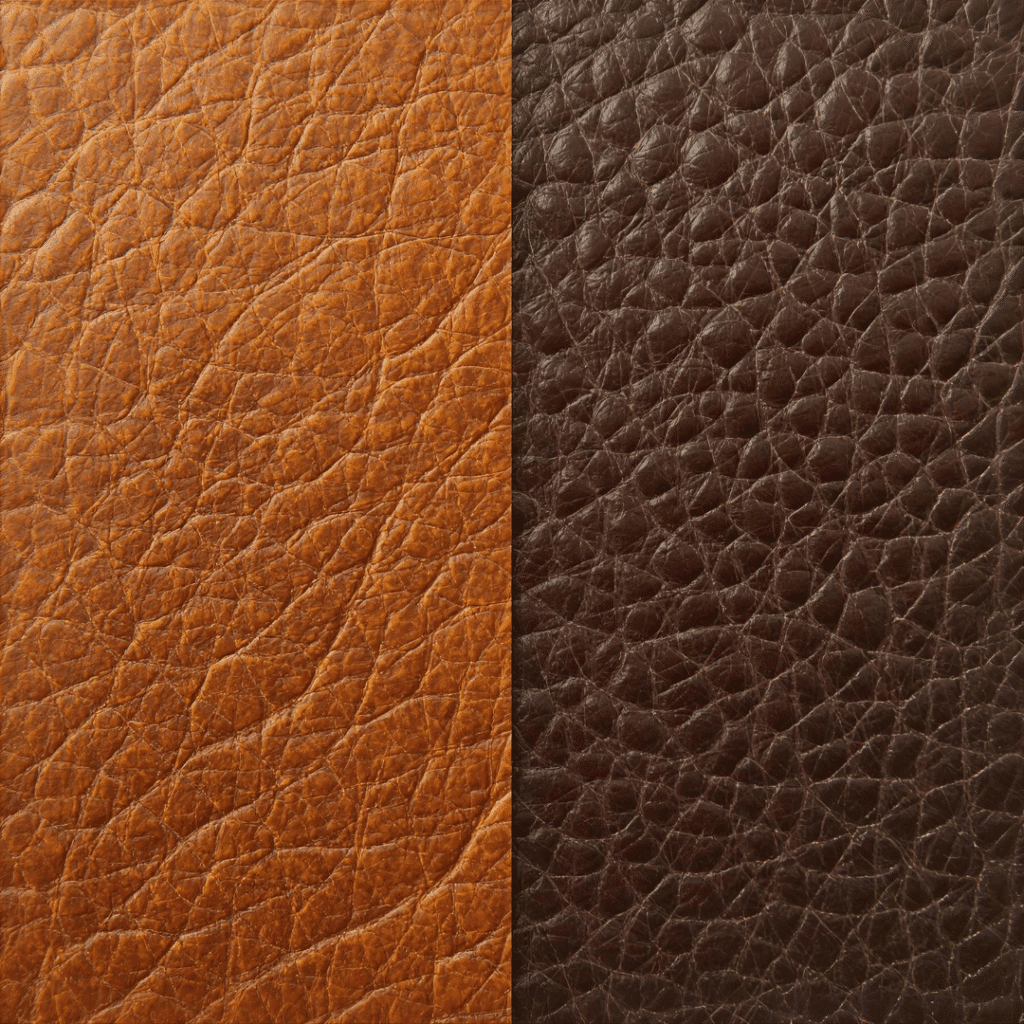
Pros and Cons of PU Leather
Let me summarize the positives and negatives of PU leather:
Pros:
- Substantially less expensive than actual leather
- Animals not hurt in the process of making it
- Simple to clean using soap and water
- Available in a variety of colors and finishes
- Lighter in weight than actual leather
- Waterproof
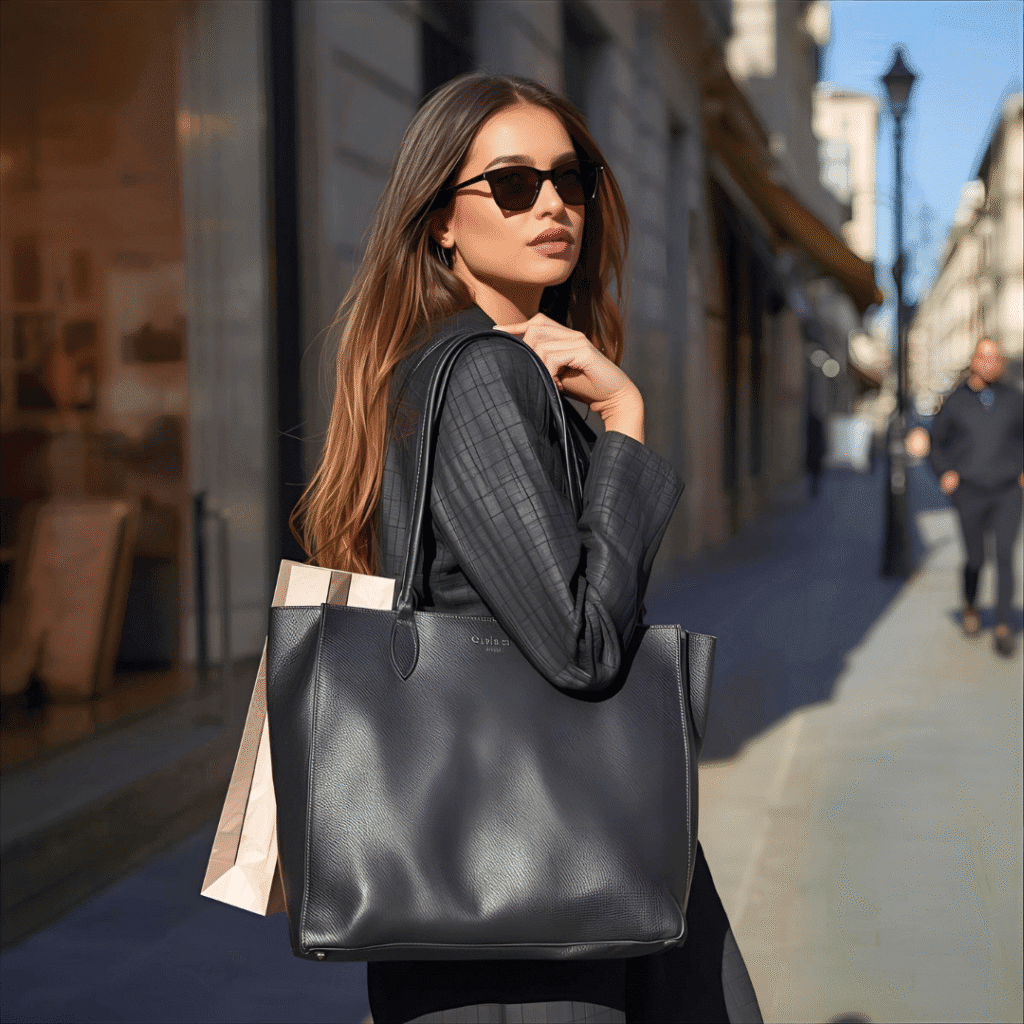
Cons:
- Does not last as long as actual leather
- Can crack and flake over time
- Not breathable as actual leather
- Can have a plastic odor
- Less luxurious in texture
- Tougher to fix when damaged

Characteristics of PU Leather
PU leather possesses a few special characteristics that distinguish it:
Appearance and Hand: New PU leather can appear very much like genuine leather. Some premium grades are difficult to distinguish from real leather at first sight.
Feel and Texture: It typically exhibits a smooth, uniform texture. It lacks the natural grain of real leather.
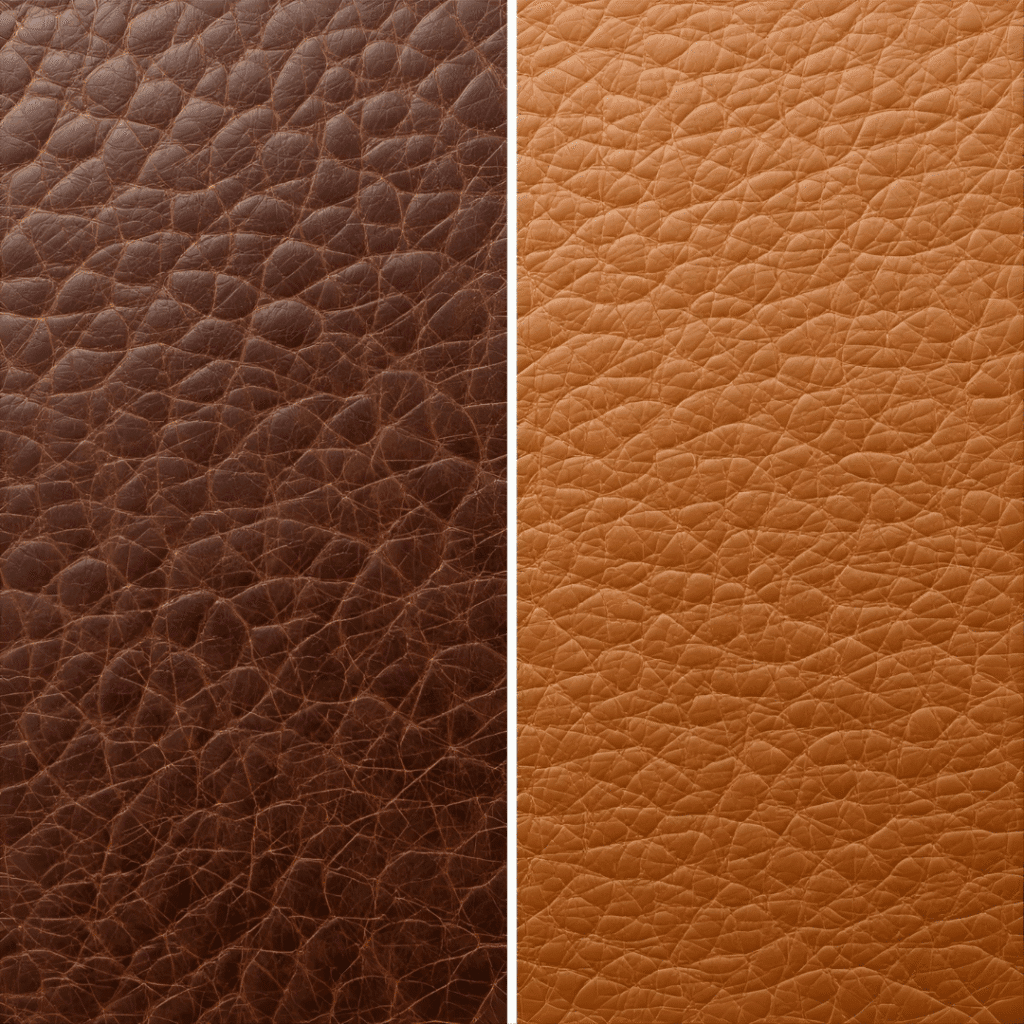
Flexibility: PU leather tends to be more flexible than genuine leather when new but loses its suppleness with age.
Weight: It’s lighter in weight than genuine leather, something that some individuals find beneficial for bags and jackets.
Color Options: Because it’s created artificially, PU leather is available in just about any color you might desire.
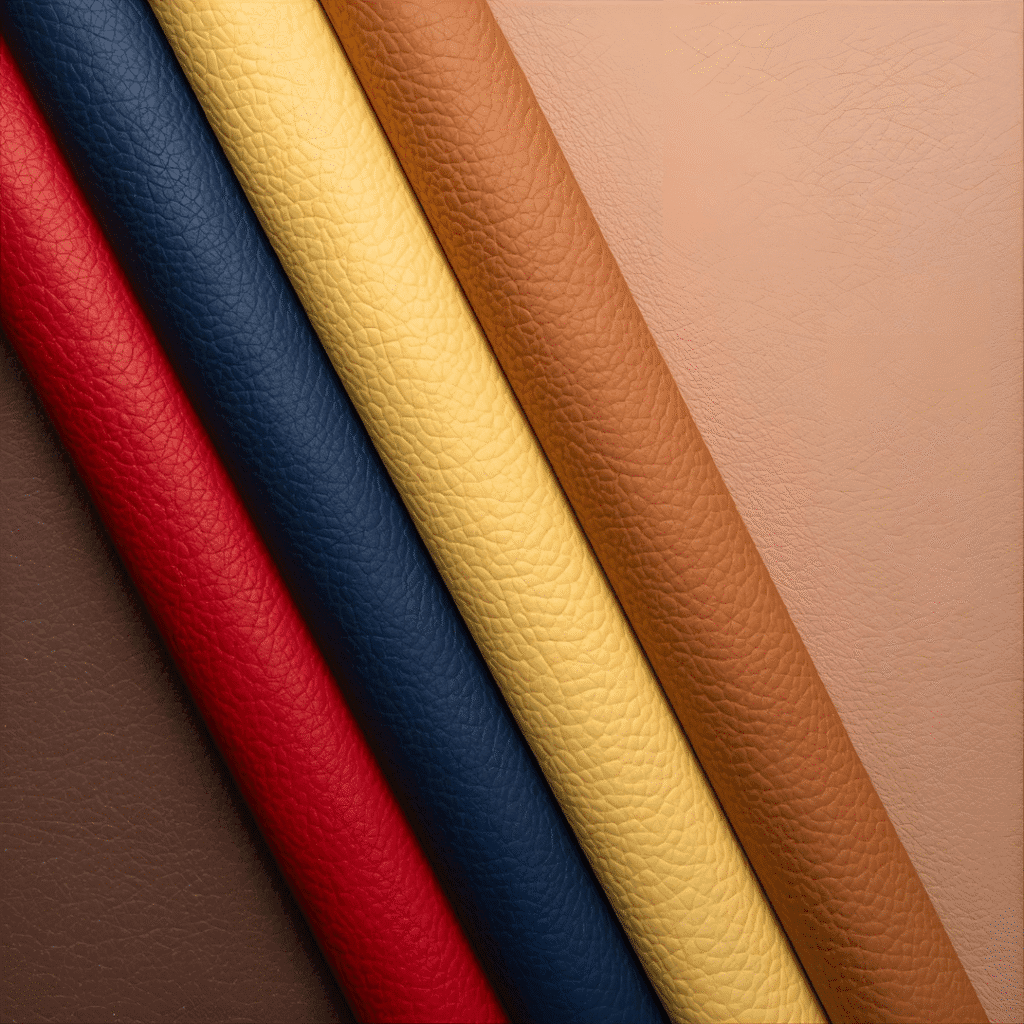
Why Choose Vegetable Tanned Leather Over PU Leather
Although PU leather has its uses, vegetable tanned leather is a whole other class of leather altogether.
Vegetable tanned leather ages well. It gets character with age and can remain healthy for decades if cared for correctly.
Real leather is breathable, therefore, it’s easier to wear. It also has that amazing natural fragrance many people adore.
The largest difference? Quality. Genuine leather products are long-term investments that can last a lifetime. PU leather is more akin to fast fashion – inexpensive but short-lived.
If you can manage, vegetable tanned leather is generally worth the added expense for products you use on a daily basis.
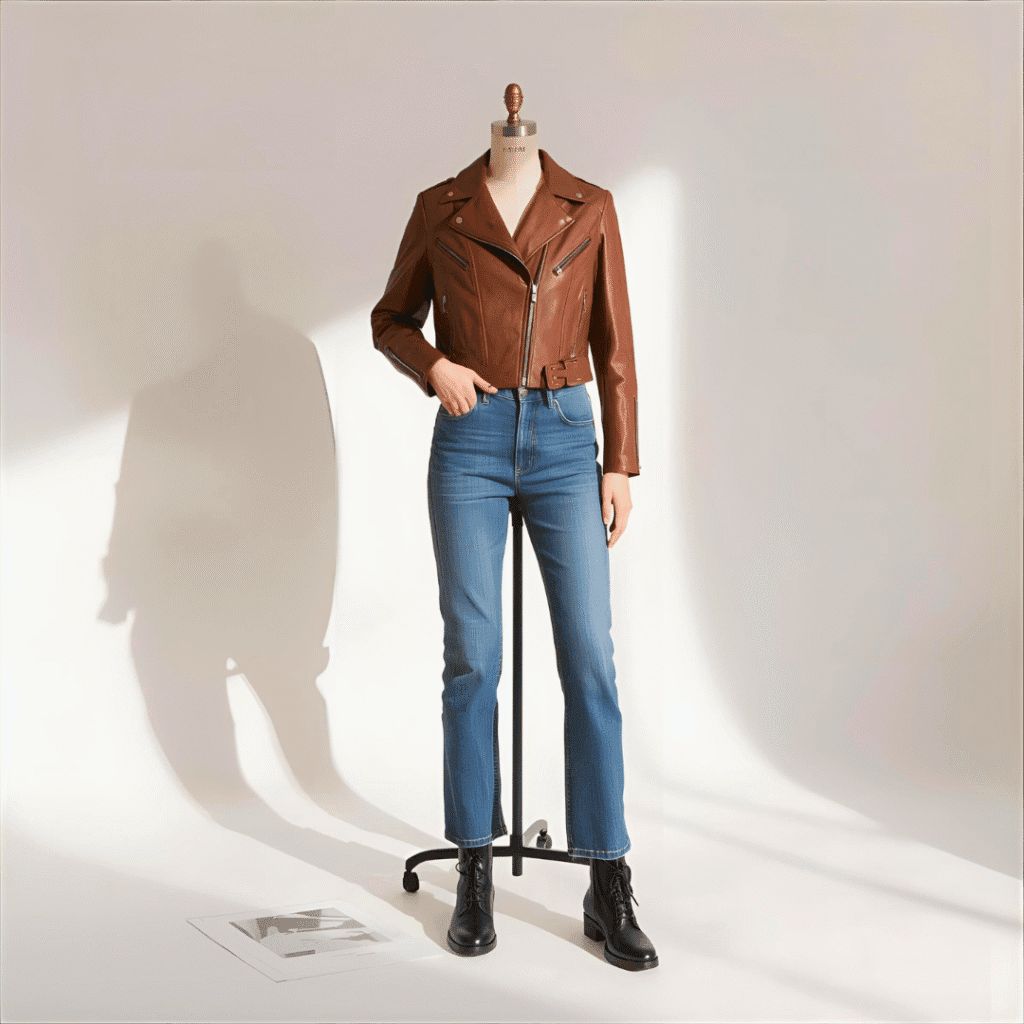
A Historical Comparison
Leather has existed for thousands of years. Animal hides were used for different types of clothing and equipment by ancient cultures.
PU leather is more recent – it was invented in the mid-1900s as a more affordable substitute for real leather.
Fashion took up synthetic leather because it was inexpensive and could be produced in large quantities fast.
Both real and synthetic leather find their place in fashion today. It is just about your budget, values, and requirements.
PU Leather vs Faux Leather: What Sets Them Apart?
This is where things get a little confusing. A lot of folks assume PU leather and faux leather are one and the same, but there are nuances to synthetic types of leather.
Faux leather is basically an umbrella term for man-made leather. It encompasses any sort of imposter leather material – PU leather, PVC leather (vinyl leather), pleather, and other synthetic leather varieties.
PU leather is only one form of faux leather. It’s actually produced with polyurethane coating, so it’s a high-end synthetic leather alternative.

Other faux leather could have PVC (vinyl) or something else. PU leather is typically higher grade than PVC leather and other inexpensive synthetic imitations.
When shopping for vegan leather products, if you see “faux leather,” ask what type it is. PU leather is usually your best bet among synthetic options for durability and comfort.
Is PU Leather Vegan?
Yes! PU leather is 100% vegan. No animals are harmed in making it.
This makes it popular with people who avoid animal products for ethical reasons.
But just because it’s vegan doesn’t mean it is eco-friendly. The manufacturing process still includes chemicals and generates waste.
If you are vegan and still desire leather-like products, PU leather is a viable choice. Just keep the environmental implications in mind.
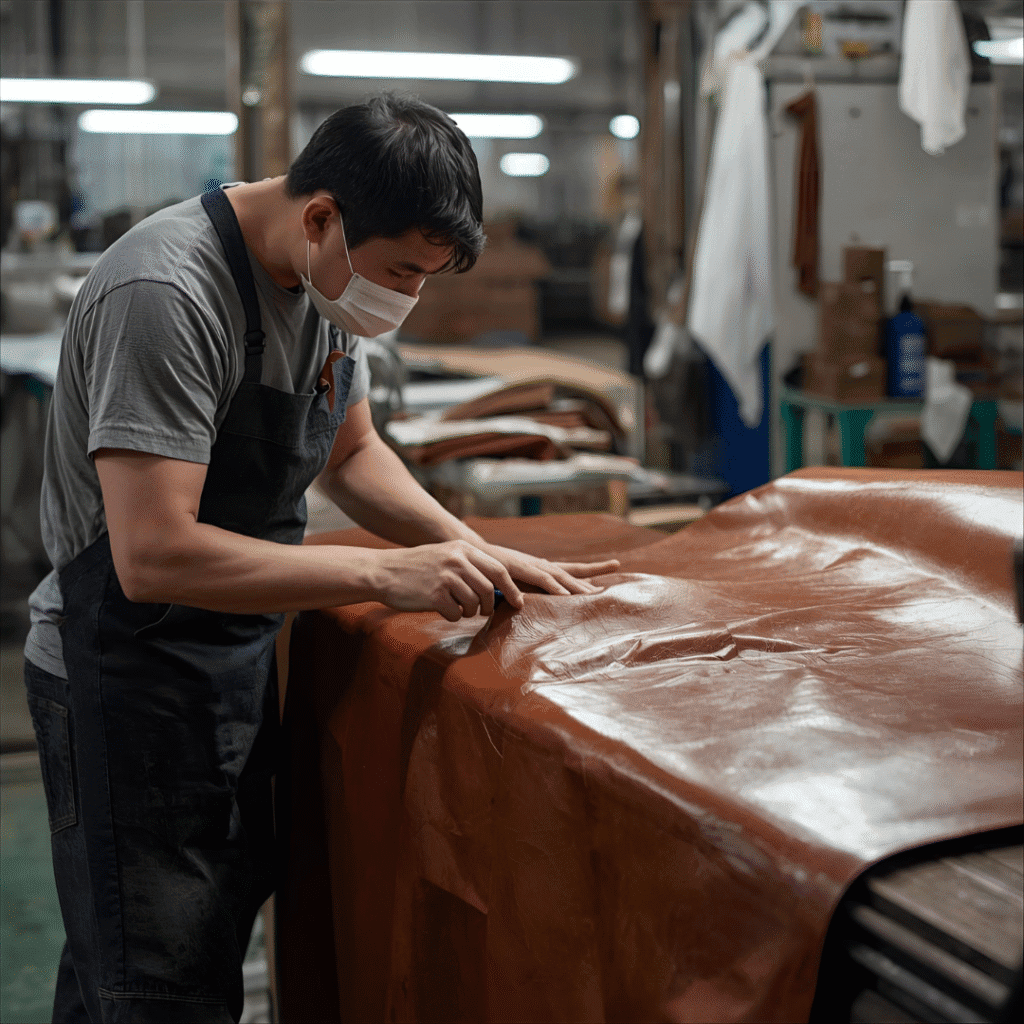
Polyurethane Leather and the Greenwashing Controversy
PU leather is sometimes labeled by brands as “eco-friendly” or “sustainable.” It’s not always so.
No animals are harmed, but producing PU leather still entails:
- Chemical processing
- Plastic manufacturing
- Factory waste
- Non-biodegradable materials
This is referred to as greenwashing – saying something is greener than it actually is.
If environmental concerns are important to you, choose brands that are open about how they make things.
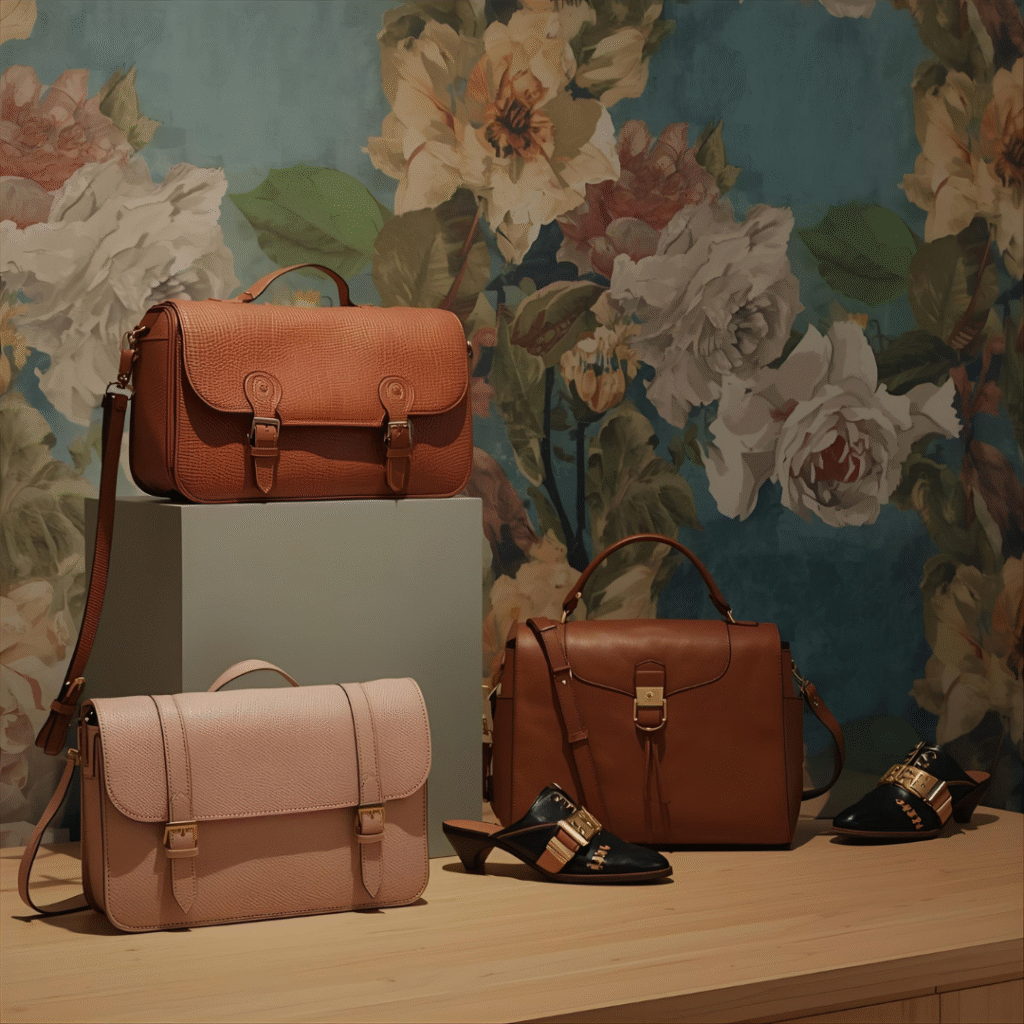
Is PU Leather Waterproof?
PU leather is water-resistant, not completely waterproof. It can manage light rain or spills quite well.
The polyurethane covering provides a blockage that avoids water from being absorbed instantly.
Though, if water is left standing on PU leather for an extended period of time, it will find its way through seams or torn spots over time.
For normal daily use, PU leather’s water resistance will suffice. Just don’t anticipate it getting you through downpours or immersions.
How Long Does PU Leather Last?
The durability of PU leather varies with quality and usage.
- Low-quality PU leather may last anywhere from 6 months to 2 years before breaking down.
- Good-quality PU leather will last 3-5 years if well maintained.
- Contrast this with actual leather, which can last many decades.
- The most visible signs of wear are peeling, cracking, and fading.
- There’s no true way to repair PU leather once it begins peeling.
How to Care for PU Leather
PU leather maintenance is relatively easy:
Cleaning: Mild soap and water. Steer clear of strong chemicals that can destroy the coating.
Drying: Always air dry. Avoid heat, which causes cracking and damage.
Storage: Store in the shade and away from high temperatures.
Protection: Gently wipe dust and dirt away with a soft cloth regularly.
Conditioning: Unlike genuine leather, PU leather does not require conditioners.
The trick is to be gentle. PU leather cannot be treated roughly like genuine leather.

Can You Recycle PU Leather?
Sadly, it is very hard to recycle PU leather.
Most recycling facilities are not equipped to handle the mixed material (fabric base plus plastic coating).
A few specialty recycling facilities may take PU leather products, but this is not usual.
The best course of action is to utilize PU leather products for as long as possible before discarding them.
This is another reason quality products (whether PU or real leather) are a worthwhile investment.
What Are the Environmental Implications of Using PU Leather?
The environmental impact of PU leather is complicated.
Positive aspects:
- No animal agriculture needed
- Uses less water than leather production
- Doesn’t involve harmful tanning chemicals
Negative aspects:
- Made from petroleum-based plastics
- Creates chemical waste during production
- Not biodegradable
- Difficult to recycle
Overall, PU leather has both environmental pros and cons. It’s not clearly better or worse than real leather environmentally.
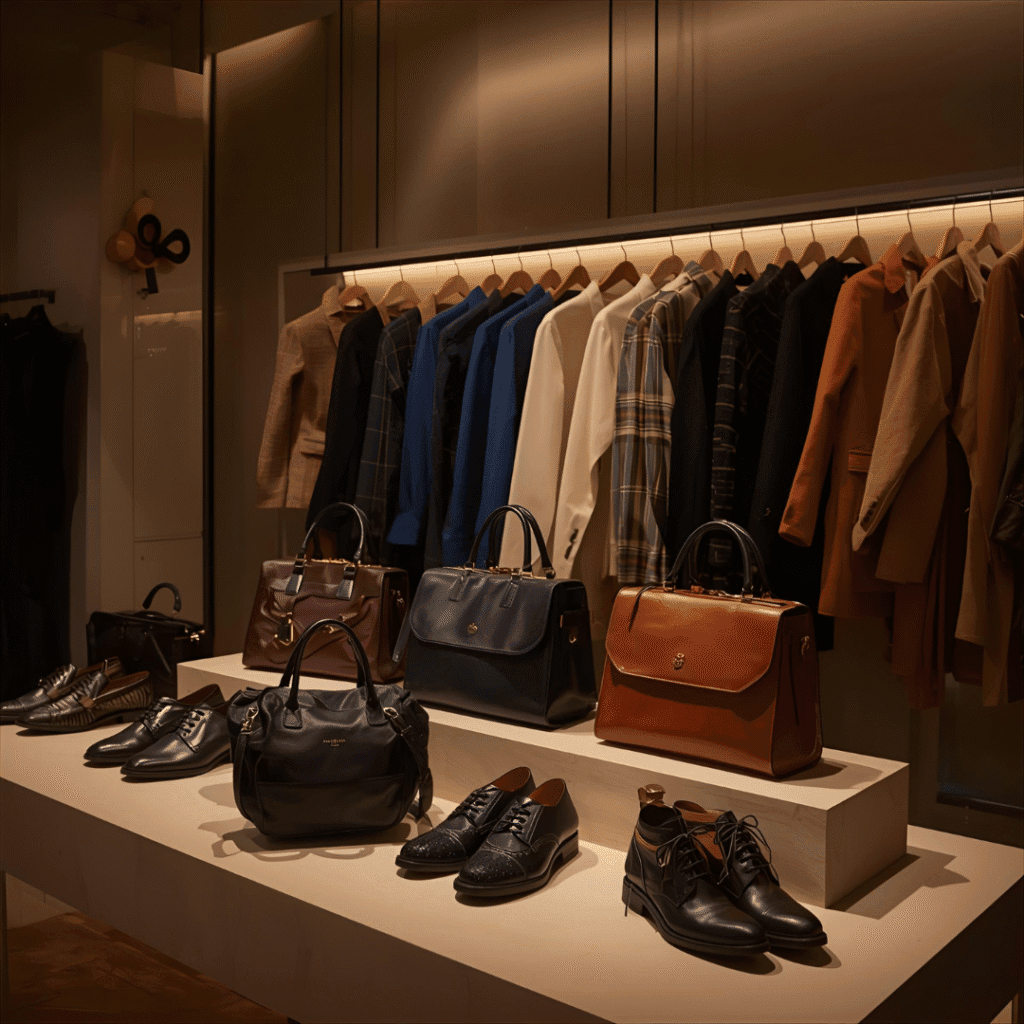
How to identify Real Leather from PU Leather
Sometimes it’s hard to tell the difference, but here are some tips:
Smell: Real leather has a rich, natural smell. PU leather often smells like plastic or chemicals.
Texture: Real leather has natural grain patterns and small imperfections. PU leather looks too perfect and uniform.
Price: If it seems too cheap to be real leather, it probably isn’t.
Labels: Check the tags. They should clearly state if it’s genuine leather or synthetic.
Water test: A drop of water on genuine leather will gradually get absorbed. On PU leather, it will remain at the surface.
Flexibility: Genuine leather becomes softer with usage. PU leather remains the same or becomes rigid.
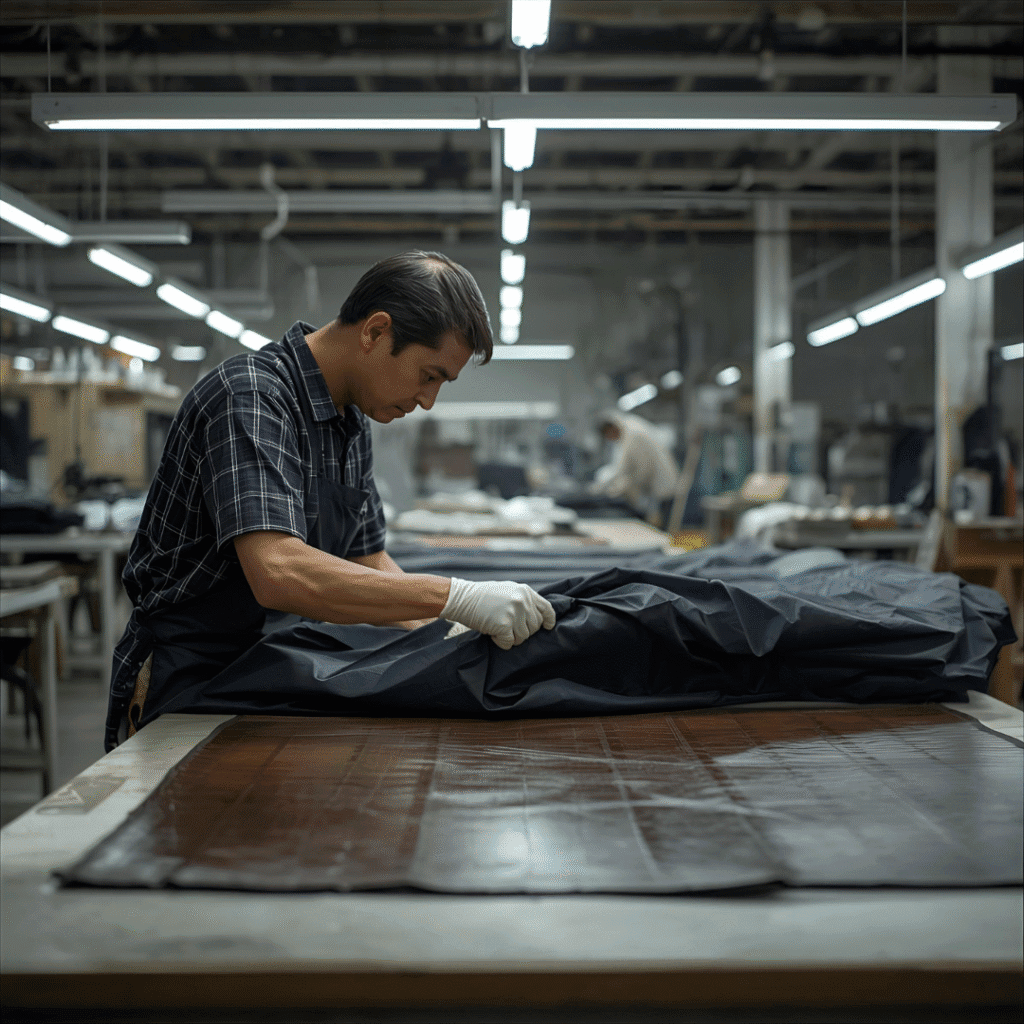
If you are buying PU leather clothing such as pants or leggings, then proper fit is important. If you know the measurements such as inseam, you can select the proper size for the perfect look and comfort.
FAQs Regarding PU Leather
1. Is PU leather of good quality?
PU leather quality is quite diverse. Luxury PU leather may appear and feel good, but will not have the durability of the real leather. For the cost, it can be a good value.
2. Does PU leather crack easily?
PU leather tends to crack with time, particularly if subjected to heat, sun, or heavy usage. The cracking generally begins after 1-3 years based on care and quality.
3. Can you fix PU leather when it peels?
Sadly, once PU leather begins to peel, it is extremely difficult to repair well. You can attempt leather repair kits, but the outcome is more often than not temporary.
4. Is PU leather safe for children?
Usually yes, but new PU leather products may have chemical odors. Allow them to air out before sharing with children, and select products from good brands.
5. How do I extend the lifespan of PU leather?
Maintain it in clean, dry conditions and away from the heat. Don’t overfill bags and avoid direct sunlight for extended periods.
6. What is the difference between PU and PVC leather?
PU leather is created using polyurethane and is typically softer and more flexible. PVC leather employs vinyl and is harder and less breathable.
7. Can PU leather cause allergies?
Some people might be sensitive to the chemicals used in PU leather. If you have sensitive skin, test a small area first or choose hypoallergenic options.
8. Is expensive PU leather worth it?
Higher-priced PU leather usually offers better quality, appearance, and durability. If you plan to use an item regularly, investing in better PU leather makes sense.
9. What should I look for when buying PU leather products?
Check thickness, pliability, and odor. Good PU leather should be sturdy, flex without creasing, and lack strong chemical scent.
Conclusion
And there you have it, ladies – all you need to know about PU leather!
PU leather is not good or bad in and of itself. It’s a weapon in your fashion arsenal that functions beautifully for some occasion.
If you desire fashionable items without overspending, PU leather may be ideal. It’s also a good option if you’re vegan or just starting your closet.
But if you desire long-term investment items that can endure years, authentic leather may be worth the difference.
The secret is understanding what you’re purchasing and having realistic expectations. PU leather is in fashion, and now you know exactly where it’s at. Don’t forget, fashion is about feeling good about who you are and how you present yourself.
No matter if you opt for PU leather, real leather, or something else, the most important thing is that you adore the way you look and feel.
Happy shopping, gorgeous! Don’t forget to look at our other style guides for additional fashion advice and insider tips to keep you looking your absolute best each and every day.
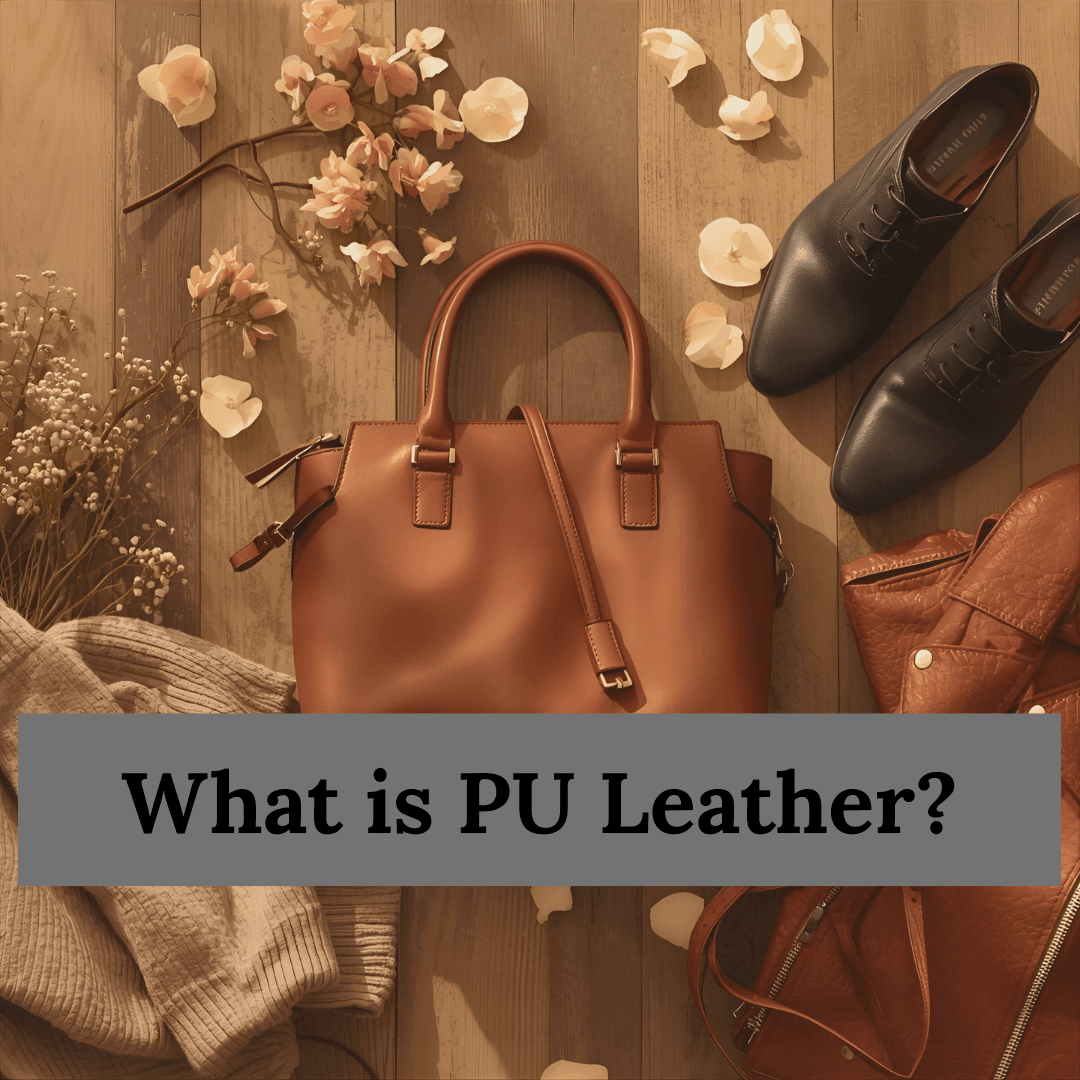
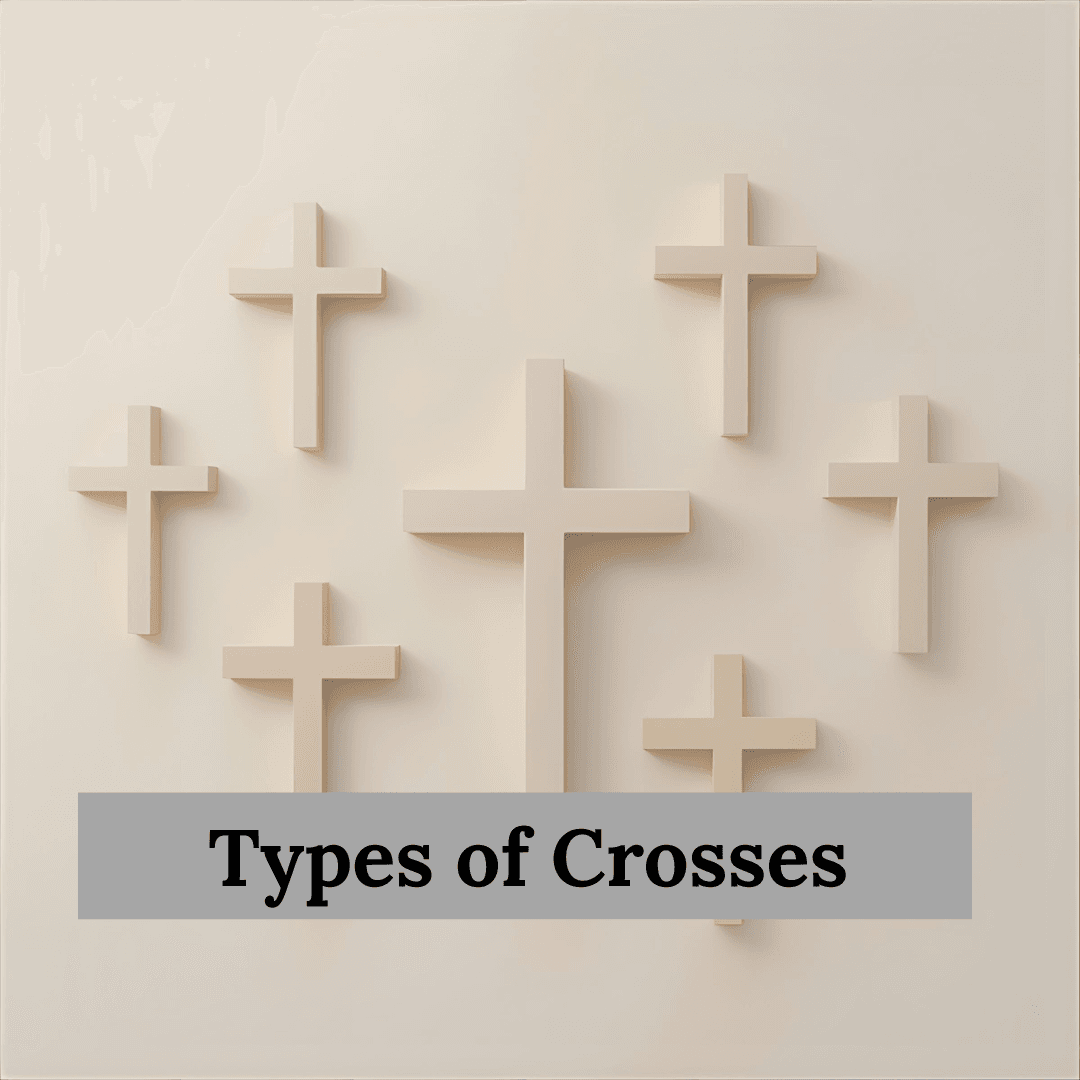
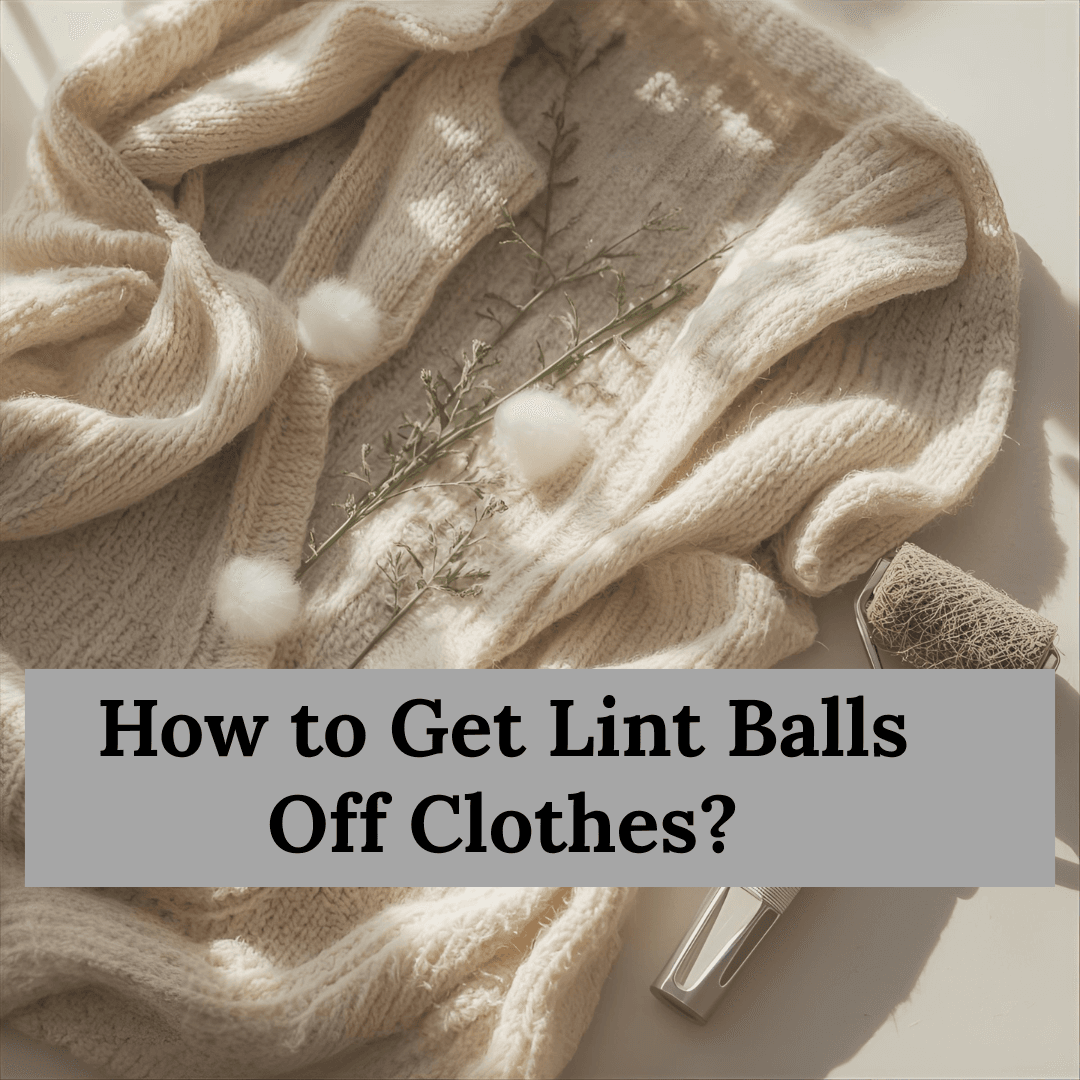
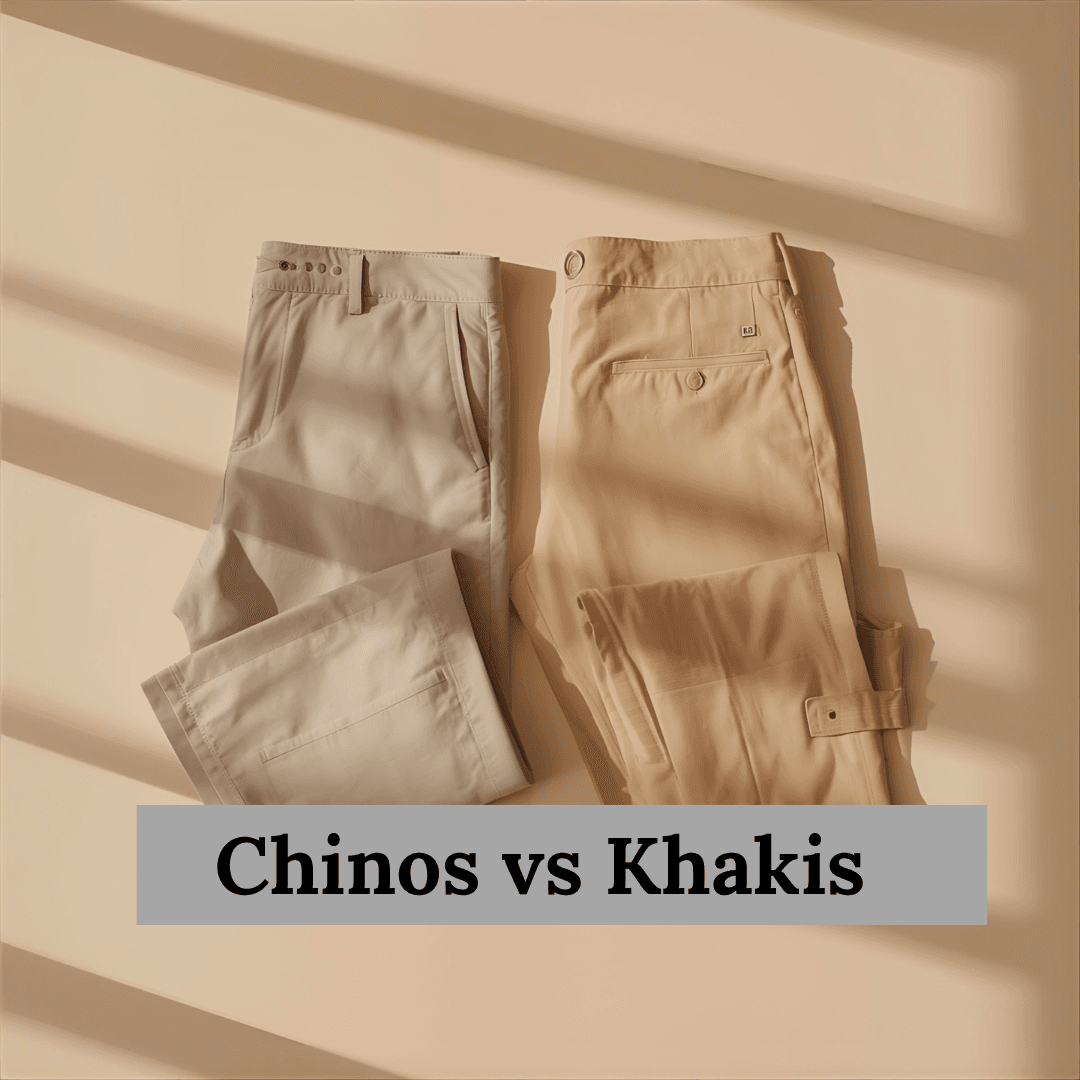




Leave a Reply